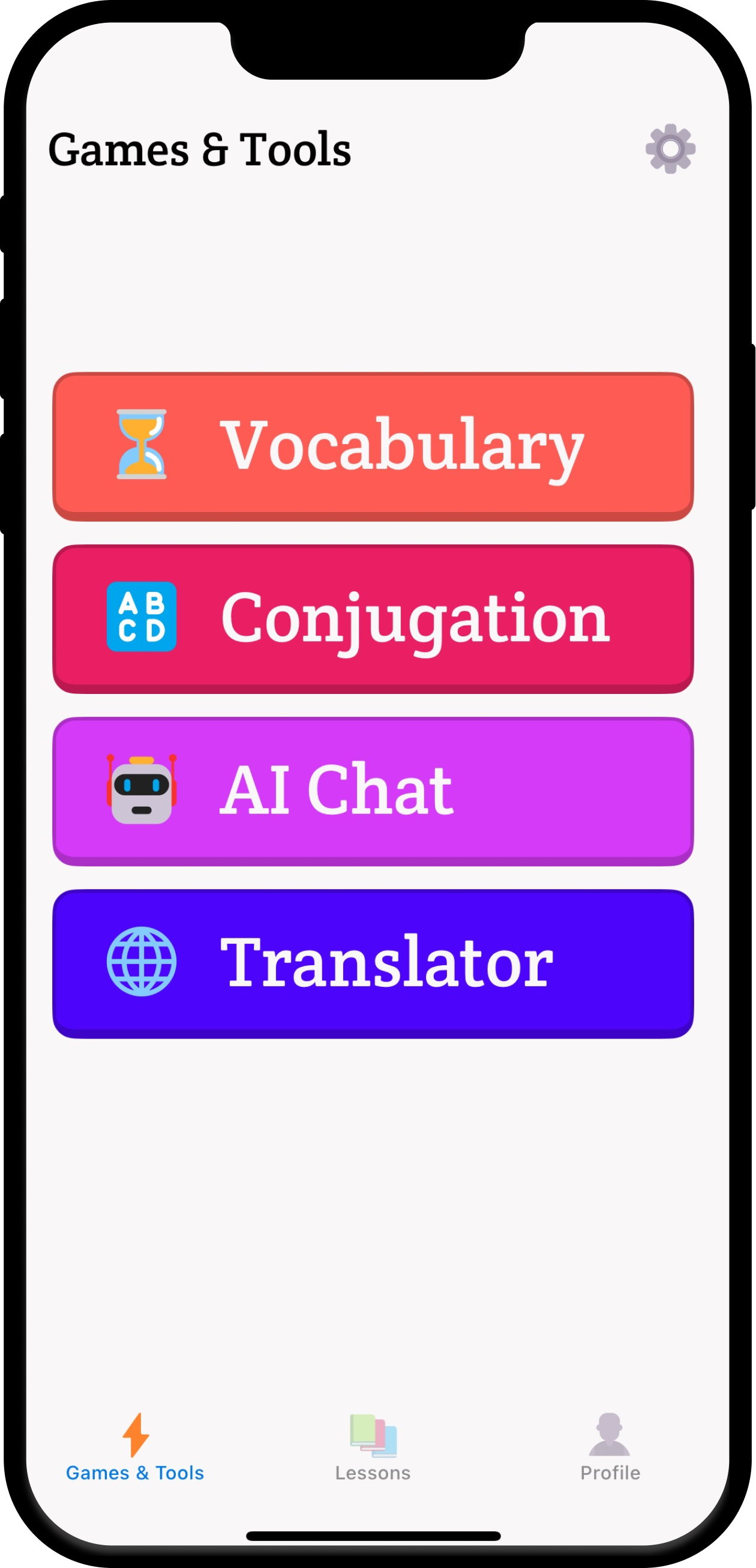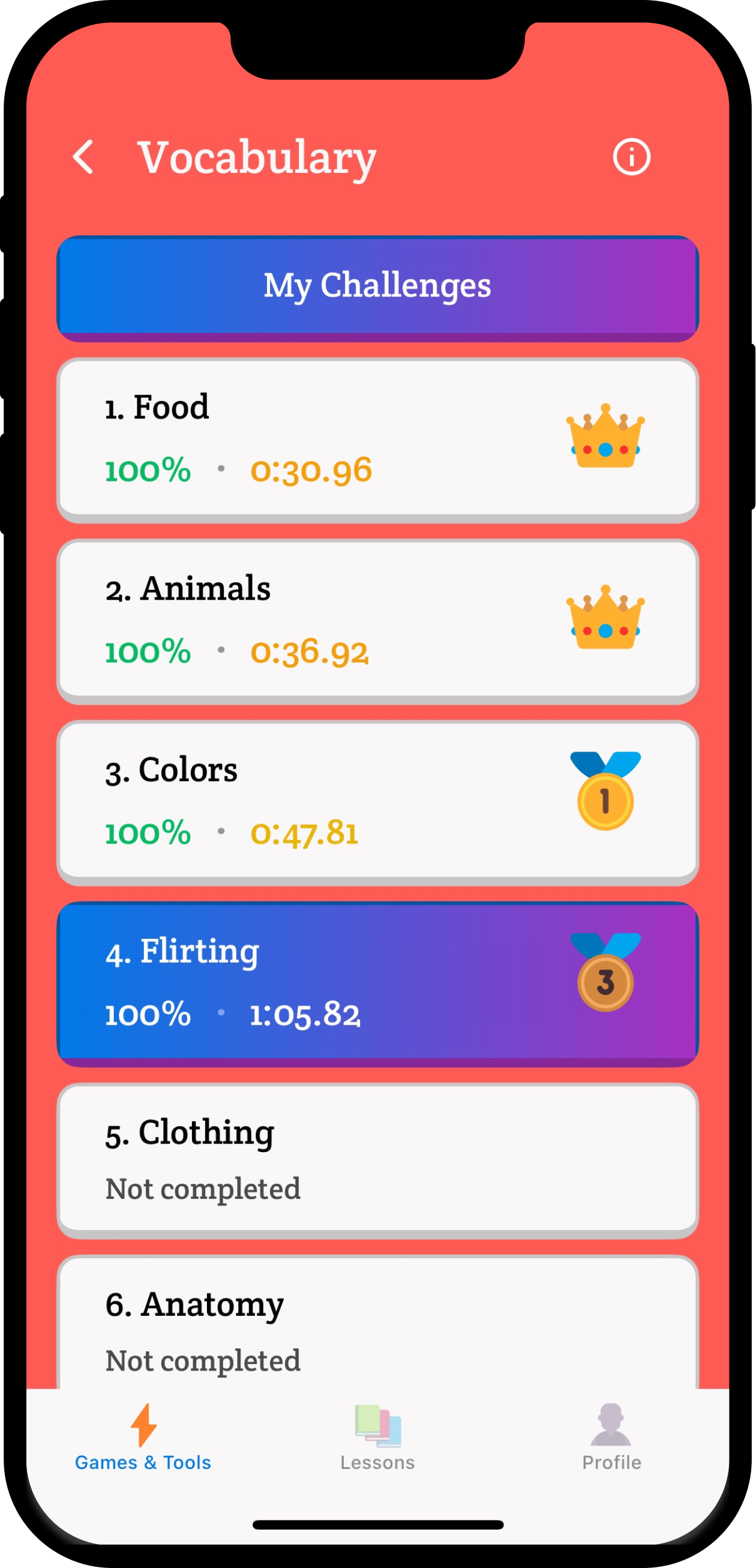7 Common Pronunciation Mistakes English Speakers Make in Spanish

7 Common Pronunciation Mistakes English Speakers Make in Spanish
Spanish is often called a "phonetic language," which leads many English speakers to believe its pronunciation is easy. While it's true that Spanish spelling is very consistent, there are several common pronunciation traps that can instantly mark you as a non-native speaker.
Ready to Learn More?
Try PolyChat's interactive language learning games and put your new vocabulary to the test!

Games & Tools
Essential tools for every learner

Timed Challenges
Practice vocabulary & conjugation

Interactive Games
Learn through engaging gameplay
The good news is that by focusing on just a few key sounds, you can dramatically improve your accent and sound much more natural. Here are seven of the most common pronunciation mistakes English speakers make in Spanish.
1. The Rolled 'R' (and the Single 'R')
This is the classic one. English speakers often struggle with both the single r and the double rr.
- The Mistake: Pronouncing the single r like the hard American 'r' (as in "car") and being unable to trill the rr.
- How to Fix It:
- Single r (like in pero, caro): This sound is a "tap." It's the same quick sound your tongue makes when you say the "dd" in "ladder" or the "tt" in "butter" in American English. Your tongue just taps the roof of your mouth right behind your teeth.
- Double rr (like in perro, carro): This is the trill. To practice, relax your tongue and blow air through it, trying to make it vibrate against the roof of your mouth. It takes practice, but it's key to distinguishing important words.
- Example: Pero (but) vs. Perro (dog). Getting this wrong can be a little embarrassing!
- Practice Sentence: El perro de Ramón no tiene rabo. (Ramón's dog doesn't have a tail.)
2. Making the 'B' and 'V' Sound Different
In English, 'b' and 'v' are completely different sounds. In Spanish, they are identical.
- The Mistake: Painstakingly separating the sounds of 'b' (like in "boy") and 'v' (like in "victory").
- How to Fix It:
- At the start of a word or after 'm'/'n': Both b and v sound like a hard English 'b'. Examples: bueno, vamos, también.
- In the middle of a word: The sound softens. Your lips don't close completely, creating a "fricative" sound where the air flows through. Think of it as a much lazier 'b'.
- Example: Notice the two different b sounds in beber (to drink). The first is hard, the second is soft.
- Practice Sentence: Viviana bebe vino blanco en Bolivia. (Viviana drinks white wine in Bolivia.)
3. Not Keeping Vowels Pure
English vowels are notoriously tricky and often slide between sounds (these are called diphthongs). Spanish vowels are the opposite: they are always short, crisp, and pure.
- The Mistake: Pronouncing Spanish vowels like their English counterparts. For example, saying o as "oh-w" or a as "ay."
- How to Fix It: Drill the pure sounds:
- A is always "ah" (like in "father").
- E is always "eh" (like in "bet").
- I is always "ee" (like in "see").
- O is always "oh" (like in "go," but stop before you add the "w" sound).
- U is always "oo" (like in "flute").
- Example: In the word loco (crazy), both 'o's should sound exactly the same—a pure, short "oh."
- Practice Sentence: Mi amigo cubano compró papas y tomates. (My Cuban friend bought potatoes and tomatoes.)
4. Pronouncing the Silent 'H'
This is a simple rule, but one that's easy to forget in the heat of conversation.
- The Mistake: Pronouncing the letter h like you do in English words such as "hello" or "house."
- How to Fix It: Just remember: the h is always silent in Spanish. No exceptions (unless you count the digraph ch, which is its own sound).
- Example: Hola is pronounced "ola." Hacer is pronounced "aser." Ahora is pronounced "aora."
- Practice Sentence: Hugo hasta ahora no ha hablado. (Hugo has not spoken until now.)
5. The Soft 'D' Sound
In English, we tend to pronounce the 'd' sound quite hard (as in "dog"). In Spanish, the d is often much softer.
- The Mistake: Using a hard English 'd' for all Spanish words.
- How to Fix It: When a d comes between two vowels, it becomes very soft, like the "th" sound in "the" or "father." Your tongue should gently touch your teeth instead of the hard roof of your mouth.
- Example: In dedo (finger), the first 'd' is hard, but the second is soft ("deh-tho"). The 'd' at the end of a word like Madrid is also very soft, almost silent.
- Practice Sentence: He pedido un lado de patatas fritas. (I've ordered a side of fried potatoes.)
6. The 'LL' and 'Y' Distinction (Yeísmo)
- The Mistake: Trying to make ll sound like the 'l' in "million."
- How to Fix It: In the vast majority of the Spanish-speaking world, ll and y are pronounced exactly the same. This phenomenon is called "yeísmo." The most common sound is like the 'y' in "yes."
- Example: Me llamo sounds like "meh yah-moh." Pollo (chicken) and poyo (a stone bench) sound identical in most regions.
- Our Advice: For simplicity and broad understanding, pronounce both ll and y like the 'y' in "yes." In some parts of Argentina and Uruguay, this sound becomes more like a "sh" or the 's' in "measure," but the 'y' sound is universally understood.
- Practice Sentence: Yo llegué a la playa en mayo. (I arrived at the beach in May.)
7. The "Seseo" vs. "Ceceo" (The 'Z' and soft 'C')
- The Mistake: Pronouncing the z or the c (before an e or i) like an English "z" (a buzzing sound).
- How to Fix It: You have two choices, and both are correct.
- Latin America & parts of Spain (Seseo): The z and soft c are pronounced exactly like the letter s. This is the most common pronunciation worldwide. Examples: zapato sounds like "sapato," and cielo sounds like "sielo."
- Most of Spain (Ceceo): The z and soft c are pronounced like the "th" sound in "think." Examples: zapato sounds like "thapato," and gracias sounds like "grathias."
- Our Advice: Pick one (the Latin American 's' sound is easier for beginners and more widely understood) and stick with it for consistency.
- Practice Sentence: Cecilia cenó cinco veces en Zaragoza. (Cecilia had dinner five times in Zaragoza.)
Mastering pronunciation is a journey, and no one expects you to be perfect overnight. But by focusing on these seven common issues, you'll be well on your way to sounding clearer, more confident, and much more natural when you speak Spanish. ¡Buena suerte! (Good luck!)
Related Posts
The Best Language Learning App Without Hearts or Energy Limits: A Duolingo Alternative
Frustrated with Duolingo's hearts and energy system? Discover the best unlimited language learning app that lets you practice as much as you want, whenever you want—no artificial restrictions, no daily limits.
Read morePolyChat: Ứng Dụng Học Ngôn Ngữ Tốt Nhất cho Người Việt Năm 2025
Khám phá tại sao PolyChat là ứng dụng lý tưởng cho người Việt muốn học tiếng Anh, tiếng Pháp, tiếng Đức, tiếng Tây Ban Nha và các ngôn ngữ khác. So sánh với Duolingo, Babbel và các ứng dụng khác.
Read more